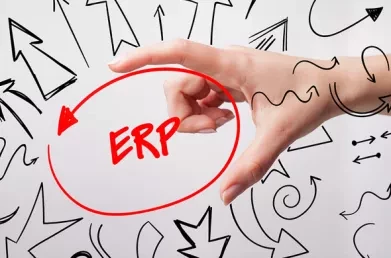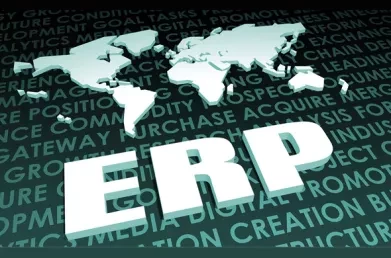Budgeting for larger ERP Projects
Large ERP implementations have many characteristics that make planning and budget preparation more complex. Clarity on the scope, duration and phasing of the implementation is crucial, so that phasing of spend can be considered as part of preparing the budget.
The single most significant difference between preparing a budget for large-scale ERP implementations and smaller projects is the requirement to break out the projected erp costs over time. In order to do that you have to start with the basics. Attempting to prepare a budget as part of the planning process for any ERP project is nigh-on impossible until three key and interrelated elements are defined:
1. ERP Project Scope
What does the completed implementation look like in terms of functional scope? Answering this question sets the scene for everything else. Start with the end-point and then work out how you’re going to get there.
2. ERP Implementation Phasing
“Big bang” implementations (see John Donagher's blog on 'Big Bang Versus Phased ERP Implementations') are rare for large-scale ERP projects, partly because the level of risk associated with a big bang is generally considered unacceptable and partly because it’s logistically challenging to support a big bang go-live encompassing a broad scope of functionality across a large number of users over multiple sites. If that argument holds true, then we’re accepting that some form of phasing will be required. Working out what the implementation phases are helps us define the budget as it breaks up the projected work (and hence the outlay) into chunks and defines a sequence in which those chunks of work will be delivered. This is the critical element to be defined for large projects, and in most instances this is also where the difficult task of defining the project details must be addressed.
The phasing of large ERP implementations is a multi-faceted problem. Every organisation and project is different and will typically involve operations across multiple sites, multiple business units and multiple countries. Here are some examples of the types of questions to be considered:
- Do you start with a global design, implemented first on one site and then rolled out to other sites and business units?
- Are the business units so different from each other that a ‘one size fits all’ approach isn’t feasible?
- Will the functionality be implemented in a phased manner, and how does this relate to phasing by business unit, site or country?
- Will various strands of the implementation run in parallel?
- How is the project team going to be resourced and what does that mean in terms of backfill for individuals seconded to the project?
- How much consultancy support and training is required from the ERP vendor for each phase?
- Will temporary interfaces with legacy systems be required during the phased implementation?
- What are the interdependencies with readying the infrastructure required to run the new ERP solution?
- Are there constraints or business imperatives that dictate a certain approach or sequence must be taken or avoided?
That is not an exhaustive list, but it gives an indication of the level of complexity that must be addressed for large ERP projects.
3. ERP Project Duration
Once there is some clarity about the phasing of the implementation project the duration of the phases can be tackled in more detail. Realistic timelines for each phase can be defined and this can link in to the cost of consulting services, internal and backfill resources required, and technical work required.
Iterative process
Planning and budgeting for an ERP project is an iterative process. As your project moves from the ERP strategy stage to the selection stage and then the detailed planning stage, the budget is fine-tuned until it’s eventually at the level of detail required to manage the implementation project. Expect to work through various options and scenarios as you figure out how best to deliver your project.
The cost of inaction
It can be very difficult to decide on phasing options, but one useful trick is to focus on expected business benefits, particularly the financial benefits, and when they can be achieved. For example a benefit that has a value of €5k per month has an annual value of €60k. Therefore delaying the part of the implementation that delivers that benefit by a year carries a cost of inaction of €60k. Focussing on the benefits in this way can help make sense of the choices available.
This Blog was written by John Donagher, Managing Partner at Lumenia. If you would like further information on the impact of business growth on Budgeting for ERP or on any other aspect of ERP please send an e-mail to John Donagher. Alternatively, check out our white paper on Budgeting for ERP.



